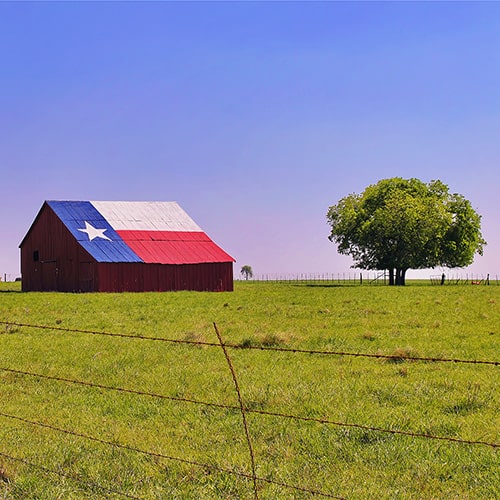Texas has its fair share of massive luxury ranches, each highlighting the state’s diverse terrain. The scenic parcels go hand in hand with Texas’ country identity. But for some property owners looking to unload their massive properties, the multimillion-dollar parcels can be difficult to pair with qualified buyers. Some sellers have taken to selling their ranches by auctioning them off rather than listing them at a set price. Typically, folks think auctions are for hard economic times but in reality, the best time to sell at auction is when times are good – there’s more competition. When you are living in the longest economic expansion in U.S. history, selling by auction can change the game for both seller and buyer.
Important Basics for Getting Auction Ready:
Ranches come in all sizes and uses including hunting, hay, cattle, fishing and recreation, high fenced exotics, vineyards, and true working ranches. You need to really get the ‘feel’ of the property, and your sellers are your best resource. After discussing the aspects of the ranch with your sellers, discuss the options to list traditionally or sell at auction. Certainly, we all know that the “basics” are important in selling a ranch and they are more far reaching than when selling a home but no matter how they decide to sell, there is an immense amount of homework for everyone to take on. The data needed to accurately list the ranch can be overwhelming but here is a good place to start:
- Land surveys
- Legal descriptions
- Tax information
- Property assessments (agricultural, timber, wildlife, etc.)
- Production
- Water rights
- Wind rights
- BLM leases or other agricultural leases
- Conservation easement documents (if applicable)
- Well logs
- Zoning information
- Local utilities
- Inventory list of exclusions and inclusions from the seller.
Once you have this info together for your property, it is a good idea to gather similar information on competitive properties and projects, including sold and closed properties within a determined area. This could include several states! Collecting regional and local information and articles is also a good idea.
Get Specific: Illustrate Defining Characteristics
You will also want to gather all building descriptions and specs, floor plans, building diagrams, blueprints, etc. Know your boundaries. How much is wooded, how much in crop production, hay production, native grasses? How many water features? What’s the size and depth of ponds and lakes? Figure the carrying capacity of your pastures, and know the current pasture plans in place. When it comes to hunting and fishing amenities, try to get photos of the wildlife that can be found on the property. Good photography, both still and aerial from a drone, is essential on large properties.
Compare and Contrast the Property for Marketing:
Assembling all of the critical information that makes you as knowledgeable as the seller about your ranch listing is paramount so that you know which marketing strategies will get the best response. Foremost is determining if your ranch listing is a local, regional or global property in its appeal. Ranches are a niche segment of the real estate business which is why the auction method of marketing allows agents to offer large tracts in smaller pieces or any combination which allows more participation from small, medium and large property buyers. Dividing large lots can make the purchase more approachable for some buyers who can’t afford 400-acre plots or can’t pay for the expensive maintenance. Smaller tracts, especially at a price a buyer bids, can be less intimidating and more marketable. The buying pool for a 4,300-acre ranch is much shallower compared to the pool of 500- to 1,500-acre buyers. The auction makes it possible to increase the number of buyers and sell it all on the same day.
Auctions are more familiar to ranch buyers who have attended similar sales, many of them have attended cattle auctions and equipment auctions since they were kids. They understand markets, competition and the fair value that an auction creates, and they trust the process. The multi-parcel process is unique to the auction method, but sellers really like the opportunity to get more buyers involved and competing for ownership.
